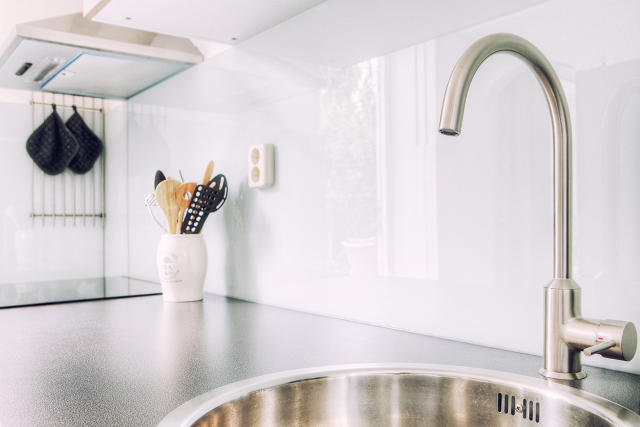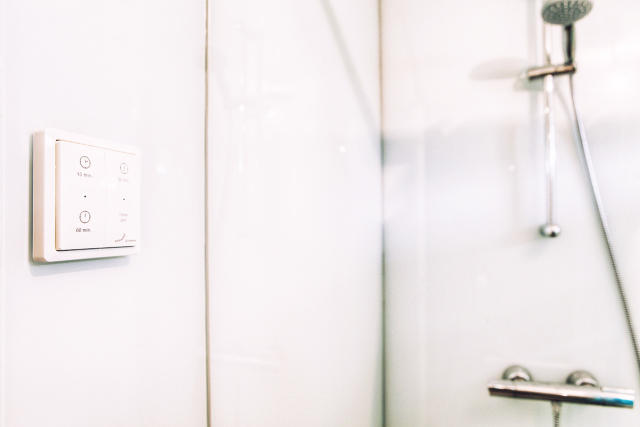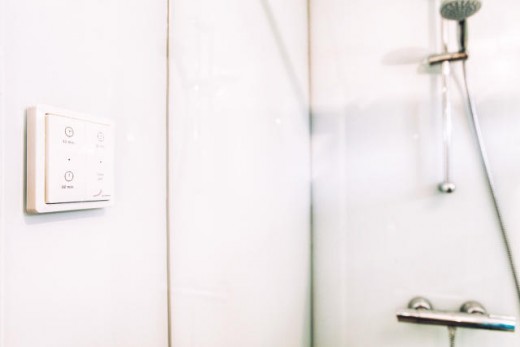In only a Week, This equipment Turns outdated properties Into Zero-energy houses (at no cost)
The dream of web-zero houses isn’t just for the rich anymore.
June four, 2015
In moderately greater than every week, a artful equipment of elements can turn into an previous rental home into a web-zero power house—person who creates as so much renewable power as it uses in a year—at no further value to tenants or building homeowners.
internet-zero houses are the roughly venture that on a regular basis cost so much that simplest the richest, most atmosphere-obsessed homeowners try it. however within the Netherlands, a gaggle of innovators found out methods to create a system that could be used on the country’s enormous stock of low-income housing.
The mid-century condo houses, inbuilt townhouse-like rows, all have a equivalent structure, so development corporations had been able to design a machine of prefab elements that pop easily on existing houses. A roof coated in sun panels can go immediately on prime of an previous roof, minus tiles. New facades cover the old walls with none demolition. within the outside, a new cube-shaped energy module holds the whole thing wanted for sustainable heat, sizzling water, power, and air flow. It simply must be plugged into the home.

The package makes the retrofits fast enough that they barely disrupt the lives of the folks dwelling inside. “They wouldn’t have to move out,” says Linda van Leeuwen, an engineer trade developer for BAM workforce, one of the development corporations behind the mission. “as an instance, the same day we eliminate the window frames we’re able to put the entire new back and front facade. We best need 20-40 inches of free area alongside the window frames inside of the house, because of this you simply have to move your couch or tv a little bit bit.”
The trade adaptation is as innovative as the actual design. A government staff known as Energiesprong realized that renters within the social housing projects had been already paying a yearly energy bill of around $2,200. The retrofits eliminate that invoice—and via asking tenants to pay the social housing corporations the same quantity they might have paid a utility, it completely funds the construction course of. Tenants do not pay any extra, but they turn out with a fully renovated home.
The building homeowners additionally save money. “These houses are about 50-60 years old,” says van Leeuwen. “Social housing companies frequently refurbish the lavatory, kitchen, and bathroom every 15-two decades. this means that most bathrooms, kitchens and bogs want refurbishment anyway. by way of doing it now we are able to on the comparable time integrate new technologies, like ventilation, and new supplies like glass that want much less repairs over the years.”

the cost of the retrofits can be speedy dropping. Two years in the past, a single townhouse value about $one hundred forty four,000 to retrofit, and now the price is round $88,000. the development crew is aiming to not directly reach a cost as little as $45,000, so the retrofits is also easily inexpensive for private house owners.
“the prices are coming down as a result of our design and building course of become smarter,” says van Leeuwen. “the boldness available in the market potential of a majority of these retrofits contributed additionally to a decrease costs from our suppliers.”
within the next five years, the program plans to retrofit 111,000 properties. it can be a technique for the Netherlands to fast deal with carbon emissions—the constructed environment is chargeable for a 3rd of all energy use in the usa.
other nations face a identical problem. in the U.S., for example, housing bills for just about 1 / 4 of energy use, and energy efficiency updates are slow to occur in outdated properties. although the Netherlands has the good thing about having millions of equivalent-having a look houses, making it relatively straightforward to design prefab elements, the builders say that the elemental device could work elsewhere. they’re already planning to export it to the U.k.
“i think the systematic means would work in numerous countries, and for many several types of homes,” van Leeuwen says.
[All Photos: via Energiesprong]
(114)














